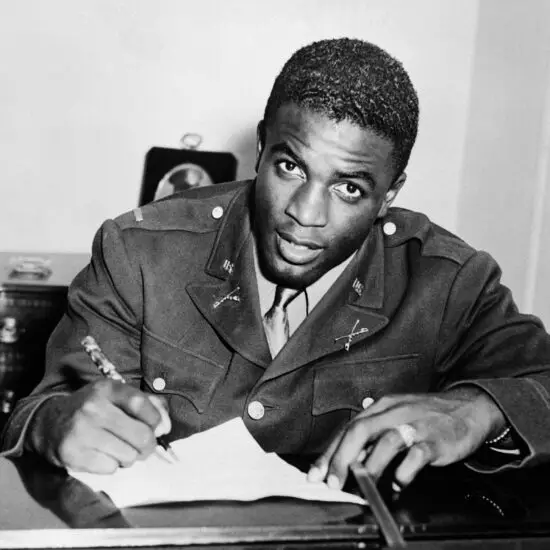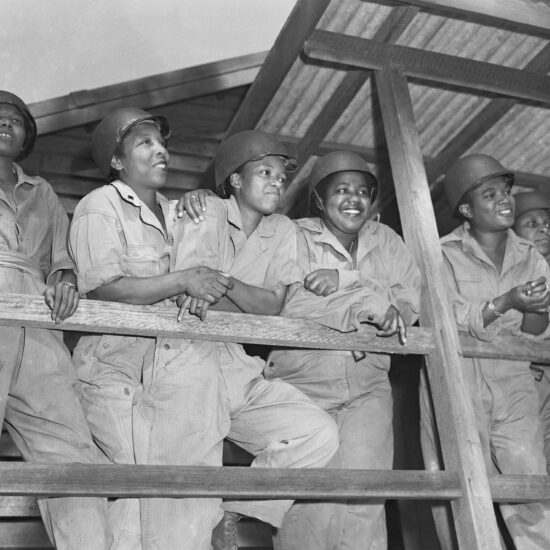
The Trials and Trial of Second Lieutenant Jackie Robinson
Before beginning his Hall of Fame baseball career, Jackie Robinson served as a second lieutenant in the United States Army, enduring a court martial in pursuit of equal rights for Black soldiers.










